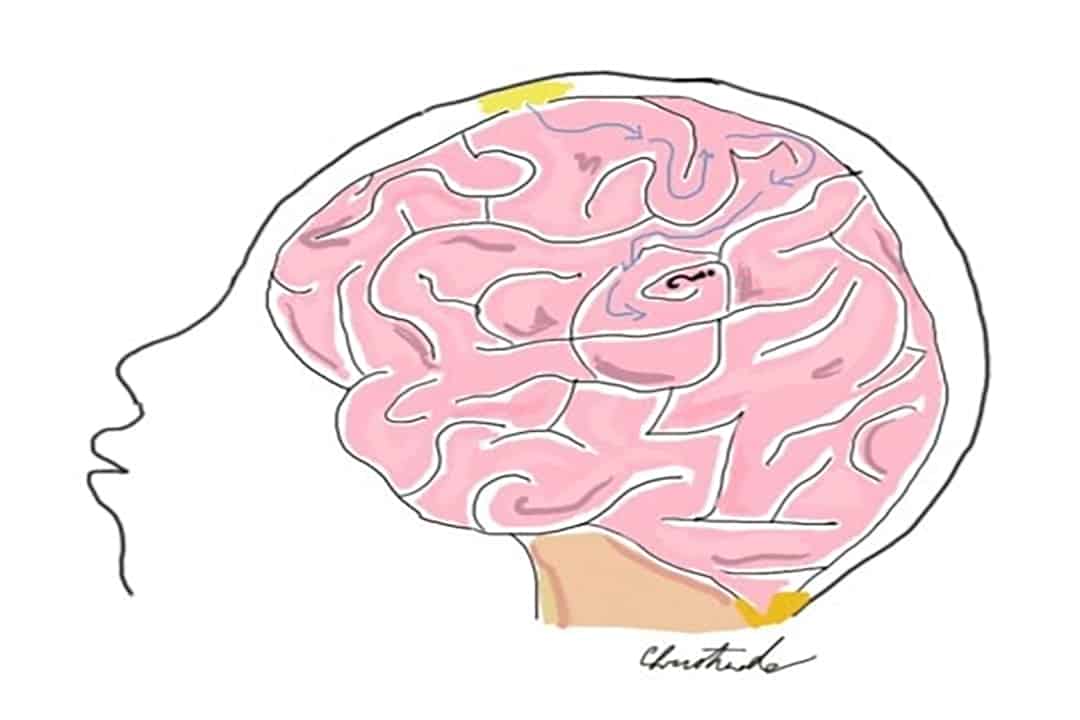You may have heard that oxytocin, the hormone responsible for social bonding, is called the “love hormone” or “cuddle chemical.”
This is because of its role in producing warm, fuzzy feelings during social or physical closeness. These warm fuzzies break down into a whole host of physiological and neurological changes — from lowered blood pressure and cortisol levels to increased trust, pain threshold, and immune function. One study even considers oxytocin “nature’s medicine” and highlights the potential of its role in aiding treatments for schizophrenia, depression, postpartum depression, eating disorders, and — more dubiously — autistic behavioural symptoms.
Oxytocin’s benefits and clinical effectiveness can lead to the misconception that it is universally good. But even the cuddliest kittens can have claws.
A cousin to dopamine and serotonin — neurotransmitters that regulate mood and reward — oxytocin is part of the holy trinity of neurochemical happiness. Oxytocin’s modulatory interaction with its cousin neurotransmitters in the nucleus accumbens — the reward centre of the brain — leads to the feeling of satisfaction after social interaction. This serves an evolutionary function to ensure survival in a group. As such, it is not surprising that oxytocin also motivates aggression and protectiveness. In the same way oxytocin helps bond a mother to her child, it facilitates maternal aggression to protect her baby.
However, this defensive aggression is the same mechanism that creates ingroup bias — the preference for one’s group and bias against others. A 2019 study tested this through the administration of oxytocin during a group game. The researchers found that participants in groups given artificial oxytocin became more coordinated in “attacks” toward others as well as more open to accepting personal loss for the greater gain of the group. They even noted that participants’ ability to track the other group’s defense strategy increased and groups with oxytocin were more likely to attack when the other was most vulnerable. In short, the oxytocin group became more ruthless.
Oxytocin increases ingroup trust, coordination, and bonding, but it also facilitates inverse feelings toward outsiders. Evolutionarily, this is because sharing information and resources with others makes us vulnerable — so it is unwise to do so with everyone.
Outside of group games, this bias and remnant evolutionary behaviour can have xenophobic implications today.Dutch scientists in a 2011 study tested the link between oxytocin and xenophobia. They observed Dutch individuals dosed with oxytocin and how they resolved a series of five ethical dilemmas — which included a problem with a lifeboat without enough space and the classic trolley problem — and they found that Dutch citizens were more comfortable exchanging the life of a Mohammed to save a Maarten.
Oxytocin is great at building social bonds but not necessarily at making a better society or relationship. However, this can lead to an increase in trust in and possessiveness of people in situations where that is unwise and unhealthy. For example, a mean best friend or aggressive partner will be excused for behaviour that would be intolerable from a stranger; you may see an acquaintance who gives you hugs as more trustworthy or your relationship with them as more important than they truly are.
Oxytocin is a cuddle hormone, a treatment, and a social bonding agent, but above all, it is most important to also think of it as an emotional amplifier. It can increase longevity and intensify an orgasm but also cause negative emotions that manifest as extreme envy and aggressiveness. Because of its benefits, though, it’s being considered as a treatment for certain diseases. If we begin to prescribe oxytocin as medicine, we need to treat its interactions with our environments the way we consider drug interactions.
Much of the science on oxytocin is very new and focuses on its positive effects. This creates a logical fallacy in perceiving it as solely “good.” Much research remains to be done on the negative effects of oxytocin before it is ready for commercial or clinical distribution. Nonetheless, hasty optimism is high.
Could we have bonded with oxytocin a little too fast?


